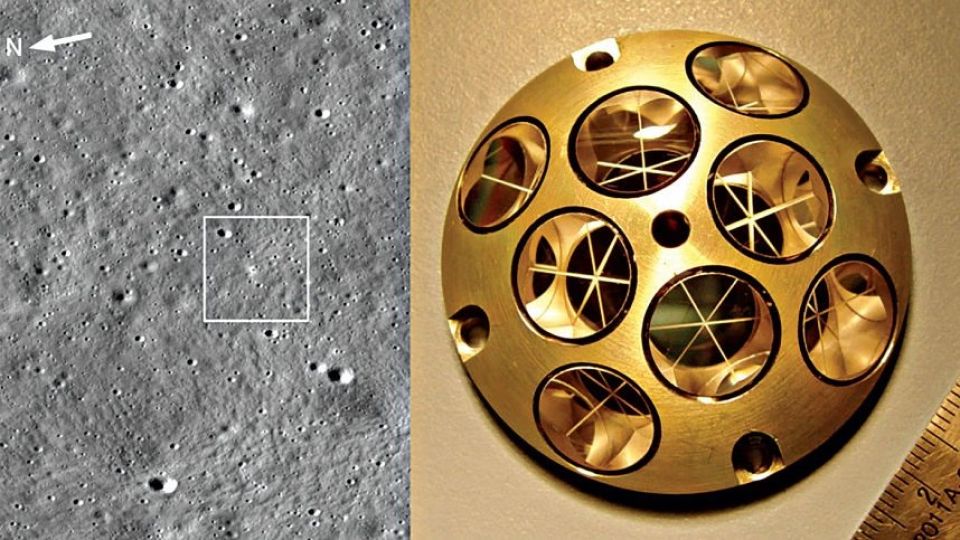January 22, 2024
DHAKA – A spacecraft of Nasa, orbiting the moon, sent laser beams which successfully bounced off a tiny mirror-based instrument on board the lander that is now on the lunar following India’s landmark moon mission last year.
Nasa’s Lunar Reconnaissance Orbiter (LRO), which has been going around the Moon since June 2009, did the laser beam experiment on December 12 last year and both Nasa and the Indian Space Research Organization (ISRO) made public the result on Friday.
The experiment thus positions ISRO’s Vikram lander on the moon a landmark in the south pole region on the lunar surface.
The beams sent by LRO came off the Laser Retroreflector Array (LRA), a two-inch wide dome-shaped instrument studded with eight finely-polished mirrors, which are designed to tap and reflect light coming in from any direction, the two space agencies said in separate statements.
The distance between LRO and Vikram lander of ISRO’s Chandrayaan-3 was 100 km away, near Manzinus crater in the moon’s South Pole region.
The successful experiment paves the way for accurately locating targets on the lunar surface. Nasa’s Laser Retroreflector Array (LRA) was fitted on the Vikram lander in collaboration with ISRO.
The LRA, which has no electronics, does not need power or maintenance and thus can remain useful for years.
“We have shown that we can locate our retroreflector on the surface from the moon’s orbit. The next step is to improve the technique so that it can become routine for missions that want to use these retroreflectors in future,” a Nasa statement quoted Xiaoli Sun, the leader of the team that developed the LRA instrument, as saying.


